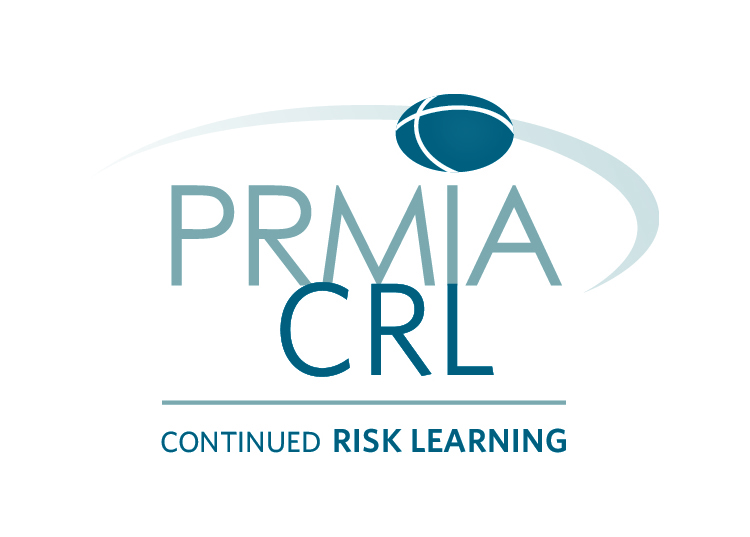ERM 2.0: Stress Testing, Capital Planning, Scenario Analysis

Over the last couple of years, banks around the globe have been swamped with increasing regulatory scrutiny and complexity. The discipline of stress testing, capital planning, and scenario analysis will get a more prominent role in the bank’s steering and supervision and will become more embedded within their organization risk management and decision making process.

Presented by:
Peter Plochan, Principal Risk & Finance Specialist
SAS Institute

Session Length:
5 lessons, 2 parts per lesson

Course Launch: May 28, 2024

Time:
Self-paced
90-day access
| About This Course |
|
| Over the last couple of years, banks around the globe have been swamped with increasing regulatory scrutiny and complexity. In particular, a shift from the traditional backward-looking “What Is” supervision with banks steering towards a more forward-looking “What If” approach can be noted. Satisfying regulatory requirements on historical performance is no longer sufficient, banks have to now spend increasing effort to demonstrate to regulators they can satisfy performance requirements in the future, while considering adverse macroeconomic outlooks. Examples are the recent Pillar 2 and stress testing regulatory initiatives of EBA, PRA, and BIS.
In parallel, the environment of sub-zero interest rates and the emergence of the digital and fintech era have put banks into a difficult situation. They now have to balance the need for more returns, lower costs with the drive to become more agile, and the flexibly to respond to these recent regulatory and market trends.
Both these new regulatory initiatives and market trends are asking for much faster decision making, and more agile response from banks in the coming years. The discipline of stress testing, capital planning, and scenario analysis will get a more prominent role in the bank’s steering and supervision and will become more embedded within their organization risk management and decision making process.
New emerging topics such as application of AI models, model risk management, and management of environmental and climate change risks will require a new set of expertise and tools to be dealt with effectively. As a result, financial institutions around the world are establishing dedicated teams to address these challenges and are increasingly looking for an efficient approach and the skilled resources with finance and risk forecasting expertise.
Increase your knowledge of the forward-looking activities such as stress testing, ALM, capital planning, ICAAP, and scenario analysis.
Course Objectives
- Gain knowledge of the forward-looking activities such as stress testing, ALM, capital planning, ICAAP, portfolio steering and scenario analysis Analyze the steps, inputs, and outputs of these processes
- Leverage the latest regulatory and business developments
- Understand the relevant financial and risk fundamentals
- Explore the inter-dependencies and form a holistic view around the ERM processes, with an enterprise-wide mindset (e.g., full balance sheet, P&L, all risks)
- Establish connection between Vanilla Stress Testing and Climate Stress Testing and their relevance for portfolio decarbonization steering and transition Net Zero planning and strategy
- Increase awareness and efficiencies of your team's dependencies, identify and reduce duplicate tasks, and increase cooperation and the speed of processes
- Learn from tips, case studies, and examples to understand the potential of these processes and achieve business benefits and go beyond the “compliance-only” mindset
|
|
| Agenda |
| Week |
|
Topic |
|
Lesson 1
|
|
Introduction of ERM 2.0 Processes and Drivers
1.1 Forward-looking Enterprise Risk Management Processes
1.2 Overview of Business & Regulatory Drivers
|
Lesson 2
|
|
Enterprise Stress Testing & Credit Risk
2.1 Enterprise Stress Testing Fundamentals
2.2 Forecasting and Stress Testing of Credit Risk and IFRS 9
|
Lesson 3
|
|
Forecasting, Stress Testing Market & Liquidity Risks
3.1 Market Risk and Operational Risk Forecasting and Stress Testing
3.2 Liquidity Risk Forecasting, Stress Testing, and ALM
|
Lesson 4
|
|
Incorporating Operational & Strategic Risks
4.1 Climate Risk Measurement, Forecasting and Stress Testing
4.2 Portfolio Decarbonization Steering & Simulations, and Net Zero Transition Planning
|
Lesson 5
|
|
Alignment and Roll-out of a Successful Stress Testing & Forward-looking Framework
5.1. Stress Testing Models and Model Risk Management
5.2 Stress Testing Integration & Efficiency—the Business Benefits and the Enabling Role of Technology
|
| Who Should Attend |
|
Banking / Insurance representatives from these functional areas will benefit from attending this course:
- Pillar 2 / ICAAP / ILAAP/ ORSA / Stress Testing / Capital Planning
- Credit / Market Risk Management
- Enterprise Risk / Strategic Risk Management / Integrated Risk Management
- Asset & Liability Management & Liquidity Risk Management
- Risk / Finance controlling
- Finance / Budgeting / Regulatory Reporting
- Risk Modelers & Model Risk Management Professionals
- Risk Management Consultants, Internal and External Auditors
- Regulators
|
|
| About Our Expert |
|
|
|
  |
|
Peter Plochan is the EMEA Principal Risk Management Advisor at SAS. He helps financial institutions deal with their challenges around finance and risk regulations, enterprise risk management, risk governance, forward-looking risk analysis, stress testing, model risk management, risk modelling, as well as climate change risk management.
Peter has a finance background, a Master’s degree in Banking and is a certified Financial Risk Manager (FRM) with 15+ years of experience in risk management in the financial sector. He has assisted various banking and insurance institutions with large-scale risk management implementations while working both internally and externally as a risk management advisor (PwC).
Since joining SAS in 2014, Peter has served as a global acting domain expert - leveraging the latest trends in risk analytics and technology with his deep risk management and finance expertise.
Peter regularly speaks and presents at risk events, webinars, and publishes risk management thought leadership materials.
|
| Continued Risk Learning Credits: 9 |
 PRMIA Continued Risk Learning (CRL) programs provide you with the opportunity to formally recognize your professional development, documenting your evolution as a risk professional. Employers can see that you are not static, making you a highly valued, dynamic, and desirable employee. The CRL program is open to all Contributing, Sustaining, and Risk Leader members, providing a convenient and easily accessible way to submit, manage, track and document your activities online through the PRMIA CRL Center. To request CRL credits, please email [email protected].
PRMIA Continued Risk Learning (CRL) programs provide you with the opportunity to formally recognize your professional development, documenting your evolution as a risk professional. Employers can see that you are not static, making you a highly valued, dynamic, and desirable employee. The CRL program is open to all Contributing, Sustaining, and Risk Leader members, providing a convenient and easily accessible way to submit, manage, track and document your activities online through the PRMIA CRL Center. To request CRL credits, please email [email protected].
| Registration |
| Membership Type |
Price |
| 90-day access to course |
|
| Members |
$474 |
| Non Members |
$699 |
If this is your first time accessing the PRMIA website you will need to create a short user profile to register. Save on registration by becoming a member.
Register Now